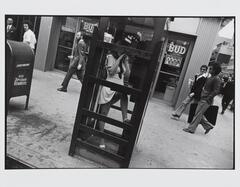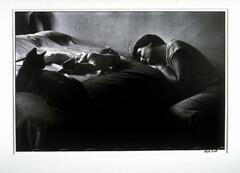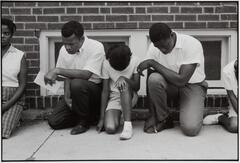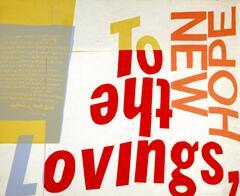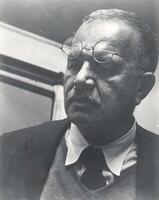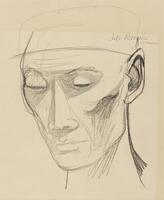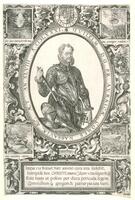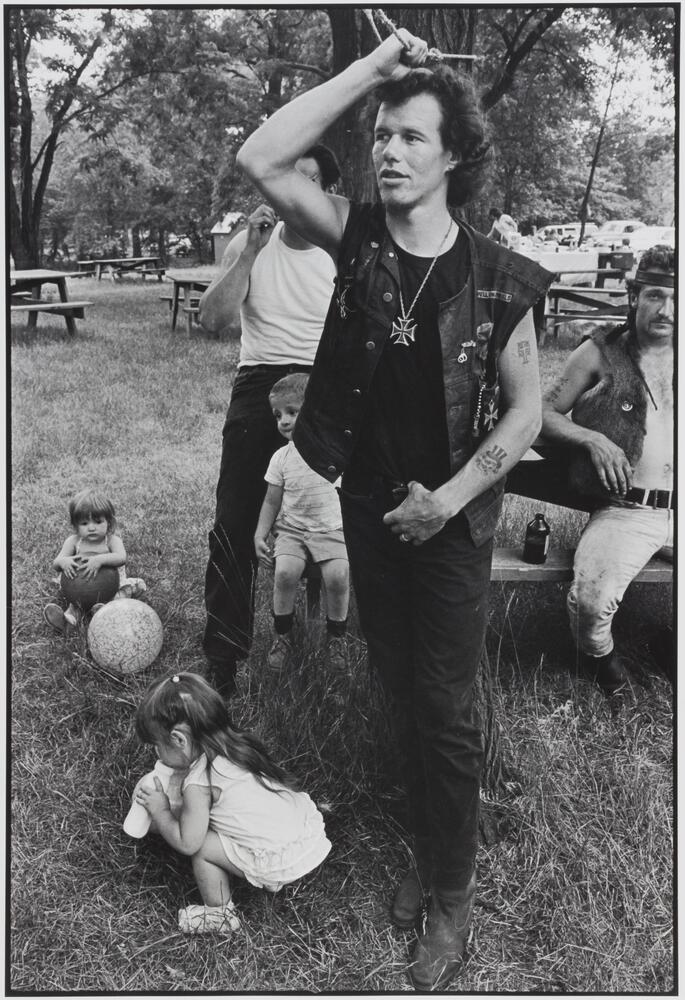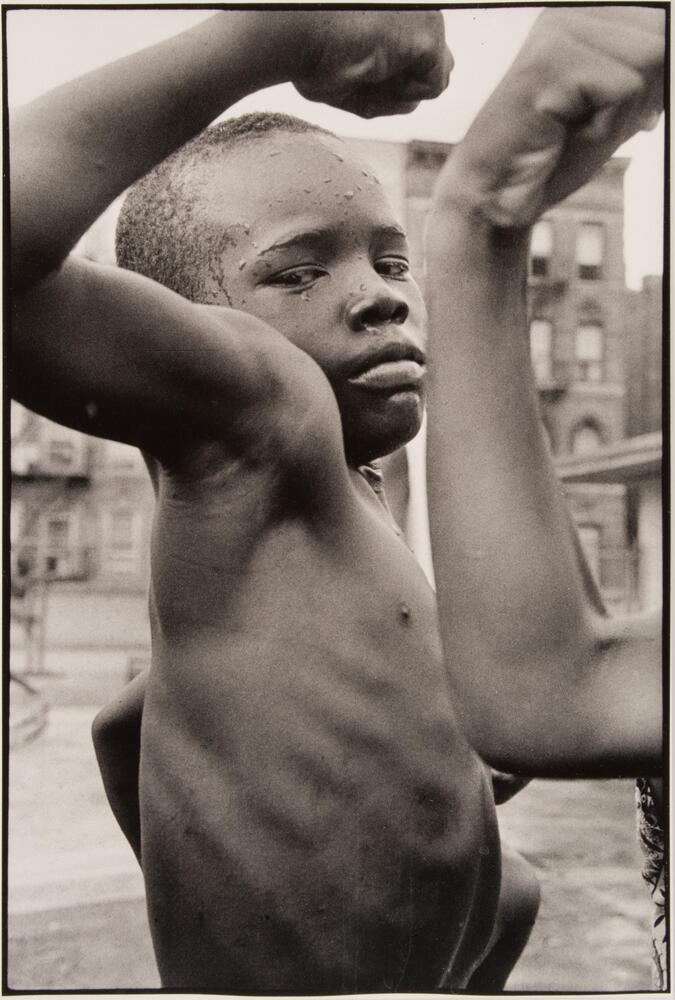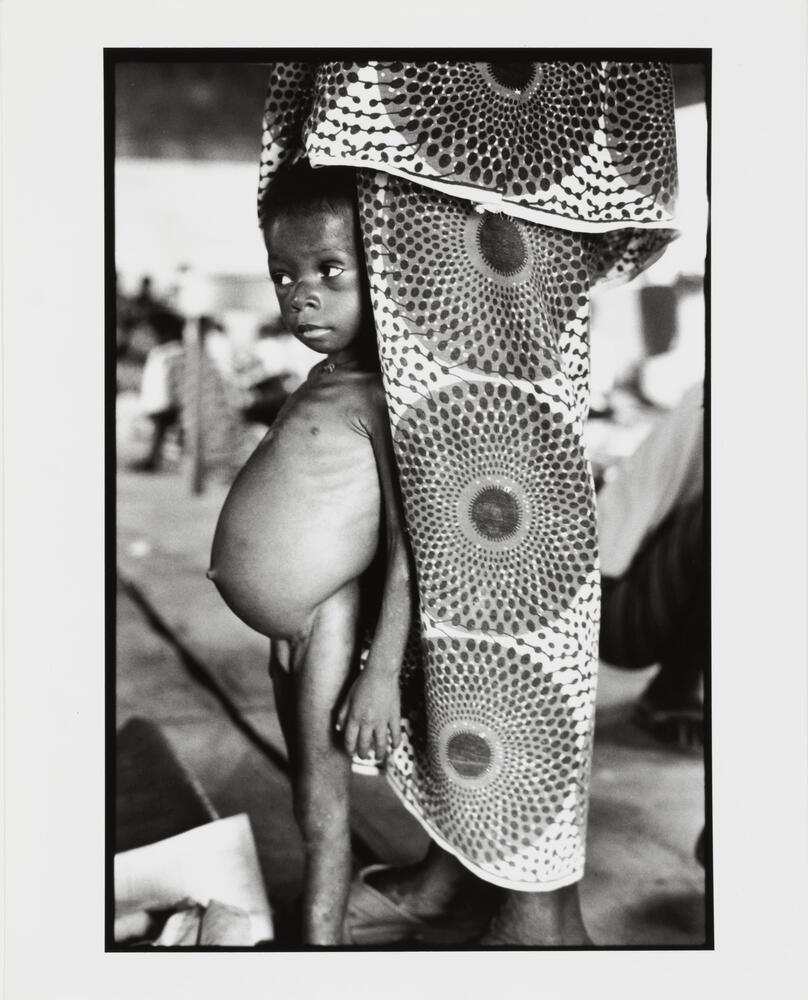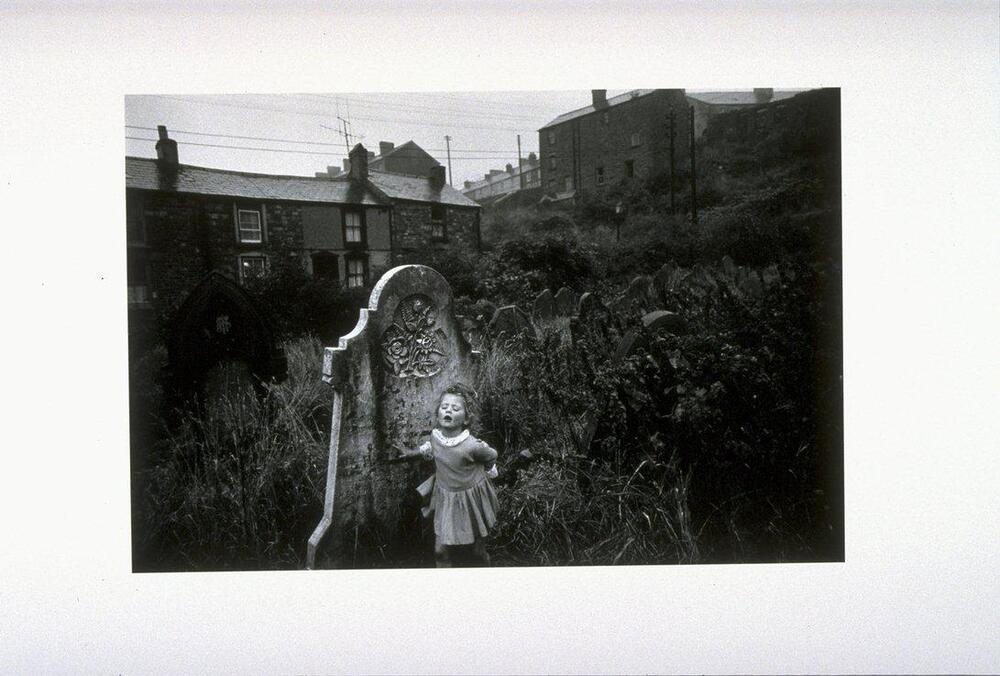Part of 2 Learning Collections
W20 Deborah Dash Moore - FTVM 379 / HISTORY 379 / JUDAIC 379 : Jewish Photographers Exhibition Project
See 3 Included Resources
See 3 Included Resources
Faces of the Civil Rights Movement: An Exhibition of Selected Images from Danny Lyon’s time with the Student Non-Violent Coordinating Committee
<p><span style="font-size: 14px;">Tuhin Chakraborty...
<p><span style="font-size: 14px;">Tuhin Chakraborty...
Faces of the Civil Rights Movement: An Exhibition of Selected Images from Danny Lyon’s time with the Student Non-Violent Coordinating Committee
<p><span style="font-size: 14px;">Tuhin Chakraborty...
<p><span style="font-size: 14px;">Tuhin Chakraborty...
Created For
K-12 EducatorK-12 Student
Museum Visitor
UMMA Docent
UMMA Staff
University Faculty
University Student
Rate this Resource
AVG: 0 | Ratings: 0
& Author Notes
Creative Commons by-nc-saLast Updated
April 9, 2020 2:03 p.m.Report
Reporting Policy
